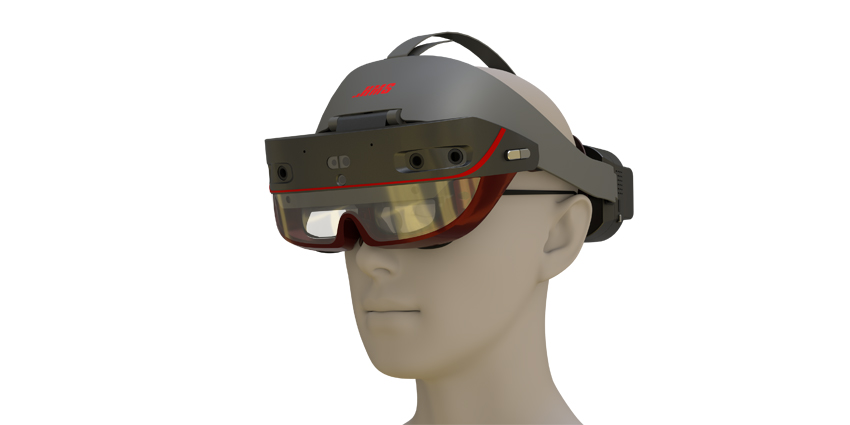With every disruptive new technology, there comes a slew of opportunities and challenges.
For augmented reality or AR, the opportunities are boundless. AR allows us to see holographic versions of our colleagues and our products presented before us, as though floating in our existing landscape. AR enhances the world we know with extra digital information and tools, paving the way for better productivity and collaboration.
But new technology also means new security risks.
While AR advances are exciting, they also offer new ways to access data and new connections between the human and digital world that could be manipulated.
So, what are the risks involved with AR?
It Starts with Connectivity
AR technology will almost always rely on some manner of connectivity, whether it’s a Wi-Fi connection, a network link, or 5G. Anything that transfers data through the internet presents a risk. You need to think carefully about how the information you send through an AR application or headset can be breached by external parties. Do you have encryptions in place to protect against bad actors?
How do you make sure that the tools you create for your AR experiences aren’t accessed by other companies or external parties? When technology is new, encryption and protection elements are often an afterthought – something that manufacturers come back to and address later. However, true security will require business leaders to place security at the heart of their AR initiatives.
Many wearable AR systems collect information from the cloud and store data in the cloud during interactions with users. Once again, this cloud environment represents a problem with structural integrity. How do we make sure data is stored in the right environments, and in the correct way to protect against breaches?
The Risks are More Diverse Than You’d Think
Many users in the AR landscape might be surprised to learn that some of the biggest security problems with AR devices may not be virtual intrusion – but physical compromise. Wearable devices, just like smartwatches or phones can host malware, enabling cameras, collecting data, and disrupting operations. Users could easily steal wearable devices and use them to crack into information that reveals important workplace credentials.
If people in a business store “saved files” in their AR technology that allow users to tap into guides and information offline, this also means that external parties could easily tap into private data, just by having access to the same technology.
There’s even the risk that outside parties could infect AR wearables with false information and dangerous guidance that could put not just the business at risk, but the safety of the entire team.
These are all evident issues that need to be addressed by any company making its way into the AR landscape, and that’s before you begin thinking about the hygiene and physical safety risks involved with sharing AR solutions. Wearable AR devices may well be the future, but they demand a focus on safety before they can become mainstream.







